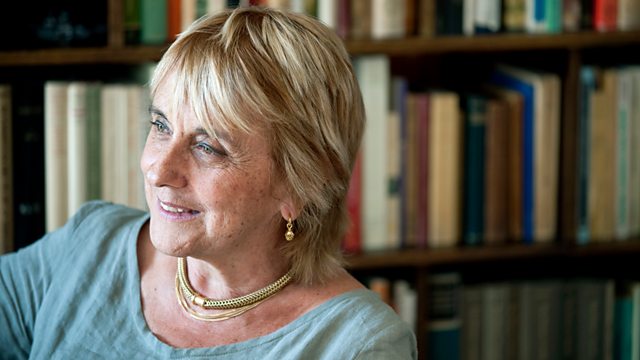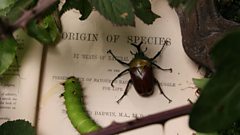Age of Inspiration
Lisa Jardine explores an age in which scientists took leaps of faith.
Lisa Jardine explores an Age in which scientists took leaps of faith.
At the start of the 19th century, fossils were a mystery. Mary Anning excavated the remains of huge and extraordinary creatures from the cliff face at Lyme Regis. Most men of science assumed she'd found a crocodile: she insisted her creature was entirely unknown. As other such mysterious monsters were unearthed, they represented a puzzle for established theology, but theology coped.
Electricity, "that imponderable fluid", was another mystery; as was magnetism, another weird and invisible force. Maxwell's Laws of electro-magnetism, lavishly praised by Einstein decades later, explained them both, and light as well. His four simple equations reduced mystery by unifying apparently disparate phenomena. A notion that pervades and drives much of physics to this day.
The way in which telegraph networks deliver messages might as well have been magic. And several well respected Victorian physicists believed that if voices can travel invisibly over hundreds of miles, then perhaps the laws of physics could help us communicate in s茅ances with dead souls.
Perhaps the biggest mystery of all concerned the origin of life itself. We tend to imagine a great clash between science and religion in the middle of the 19th century but for most of the century there was little conflict. Theology was able to accommodate the fossil evidence, or not worry too much about it; and evolutionary ideas had been around since Charles Darwin's grandfather published his scientific poem, Zoonomia. And, when Darwin published On the Origin of Species many in the chattering classes remained light-hearted, with one notable woman of letters remarking that she didn't believe her grandfather was an oyster.
Last on
More episodes
Previous
Next
Clip
-
![]()
Darwin was not the first evolutionist
Duration: 02:16
Broadcasts
- Tue 27 Aug 2013 21:00麻豆社 Radio 4
- Wed 28 Aug 2013 15:30麻豆社 Radio 4
Podcast
-
![]()
Seven Ages of Science
A history of science in Britain from the Restoration to the present day



